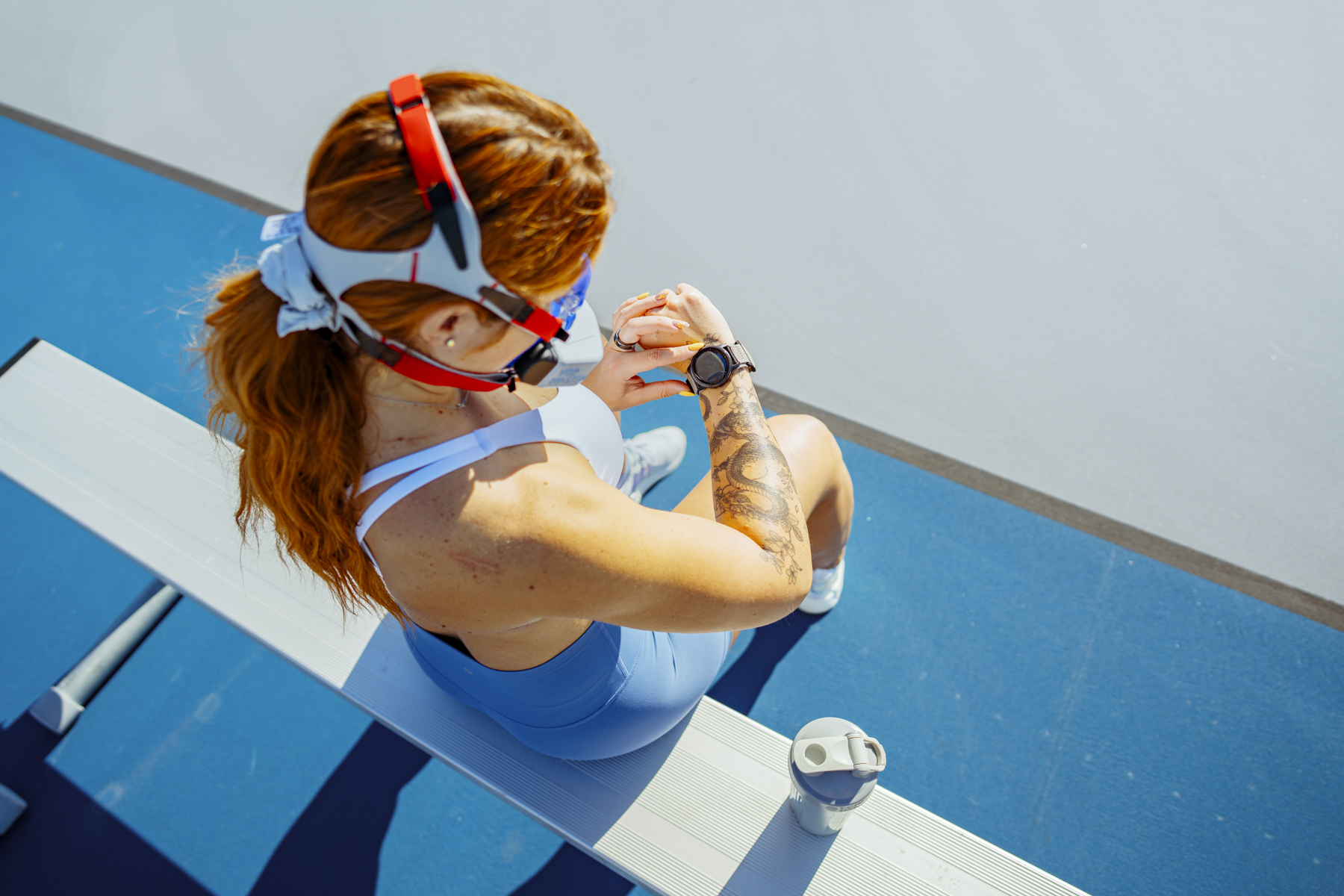Let’s start with a confession: “authentic” has become one of the most abused words in marketing. Every brand claims to be authentic. Every campaign insists it’s “natural.” And every creative brief somehow includes the phrase “authentic storytelling,” as if saying it out loud magically makes it true. But here’s the thing, authenticity isn’t a filter you slap on at the end of a photoshoot. It’s not a lighting choice or a marketing buzzword. It’s a system. A strategy. And in the world of brand authenticity photography, it’s the difference between a brand people scroll past and a brand people actually trust.
The Problem With “Looking” Authentic
Somewhere along the way, marketers started confusing “authentic” with “unpolished.” They decided that being real meant being imperfect, and while there’s some truth to that, imperfection alone doesn’t make a brand believable. If anything, it can make it look lazy. I’ve seen brands spend thousands on “casual, behind-the-scenes” photo shoots only to end up with staged candids that look like an insurance commercial trying too hard to seem relatable. You can’t force authenticity. You have to earn it. And that’s where brand authenticity photography steps in. It’s not about how casual you look, it’s about how consistent you are.
Authenticity doesn’t mean showing your audience everything; it means showing them the right things consistently. It’s less about oversharing and more about alignment. Does your imagery match your tone? Does your visual storytelling feel like your brand, or like something borrowed from the latest “creative agency moodboard” trend? That’s where photographers who understand lifestyle branding come in, they know how to craft visuals that feel lived-in, not performed.
Authenticity Is Built, Not Captured
The biggest misconception in marketing right now is that authenticity can be captured spontaneously. You can’t just show up with a camera, yell “act natural,” and hope lightning strikes. True authenticity is designed intentionally through brand strategy, storytelling, and consistent tone. When done right, brand authenticity photography becomes part of a brand’s operating system, not a one-off aesthetic choice.
Every photo, every campaign, every piece of visual content should serve as proof of what your brand believes. That means your visuals have to communicate more than just what you sell, they need to show who you are. It’s not about looking real; it’s about being recognizable. That’s what separates brands that tell good stories from brands that are good stories.
Let’s take an example. I once worked with a company that wanted “authentic lifestyle photos” for their campaign but still insisted the models wear freshly pressed clothes and smile like they just won a car. The result looked more like a real estate brochure than real life. When we stripped it back, less posing, less pressure, more honest connection, the results changed everything. Engagement went up, retention improved, and the brand finally looked like itself.
The Myth of “Effortless” Marketing
Here’s the irony: authentic branding takes a ton of effort. You can’t fake something that’s supposed to feel effortless. Building trust through visuals means knowing your audience, understanding what makes them skeptical, and showing up consistently in ways that break that skepticism down. Commercial storytelling thrives on repetition, the more you reinforce your core message visually, the more believable it becomes.
This is where so many brands miss the mark. They think content authenticity means showing raw, unfiltered moments. But the truth is, people don’t want chaos, they want clarity. They want brands that feel approachable but professional, human but capable. The magic lies in balance: polished enough to feel credible, imperfect enough to feel real.
If you’re in hospitality, tourism, or any experience-based industry, that balance is even more critical. Your imagery sets expectations. If your photos scream “spontaneous joy” but your actual guest experience feels scripted, your authenticity collapses. Audiences don’t care about your tagline; they care about how your visuals make them feel. That’s the core of content authenticity, not perfection, but congruence.
Why Authenticity Is a Long Game
Building a brand that feels authentic isn’t a sprint, it’s a marathon of consistency. You don’t prove authenticity once; you reinforce it over and over. Every campaign is another opportunity to confirm your story’s truth. Every photoshoot, post, and update either strengthens or fractures the trust you’re building.
This is why brand consistency beats brand trends every time. You can chase aesthetics all you want, but if your tone, imagery, and messaging don’t align, you’re not being authentic, you’re being loud. The best brands master subtlety. They let their visuals speak for them because the visuals are them. They invest in photographers and creative directors who understand how brand authenticity photography ties into the broader marketing strategy, visual storytelling that mirrors brand truth.
Consistency is what builds recognition. Recognition builds trust. Trust builds conversion. It’s a simple equation, but most brands break it by chasing what’s “hot” instead of what’s honest. Authenticity isn’t trendy, it’s timeless.
How Photographers Help Build Real Authenticity
Let’s talk about the photographer’s role for a second. A good commercial photographer doesn’t just take direction, they give it. They help shape how your audience perceives your brand visually. When I work with clients, I don’t just ask what kind of photos they want, I ask why they need them. What do they want their customers to feel when they see them? What emotions do they want to associate with their brand? Those questions build strategy. Strategy builds authenticity.
This is what separates photographers who click from those who consult. In brand authenticity photography, you’re not chasing trends, you’re clarifying tone. You’re aligning the lighting, framing, and texture of your visuals with your message, your voice, and your identity. Authenticity isn’t about being unfiltered, it’s about being unmistakably you.
I call it “intentional imperfection.” The shadows don’t have to be perfect, the composition doesn’t need to be symmetrical, and the model doesn’t need to look like they’re auditioning for a skincare ad. But every decision, every frame, every edit, every color grade, needs to have purpose. Authenticity isn’t randomness; it’s deliberate imperfection.
Authentic Brands Don’t “Look” Real, They Feel Real
At the end of the day, your brand’s authenticity isn’t something you can measure by how “natural” your imagery looks. It’s measured by how much your audience believes you. And belief comes from repetition, consistency, and truth. The kind of truth that isn’t just spoken, it’s shown.
When you master brand authenticity photography, your visuals stop being decoration and start being documentation. They tell the ongoing story of who your brand is, not just what you’re selling. And when you do that consistently, you don’t need to convince people that you’re authentic, they’ll already know.
Authenticity isn’t a vibe. It’s a voice. And the brands that understand how to use it visually are the ones that never need to fake it.


